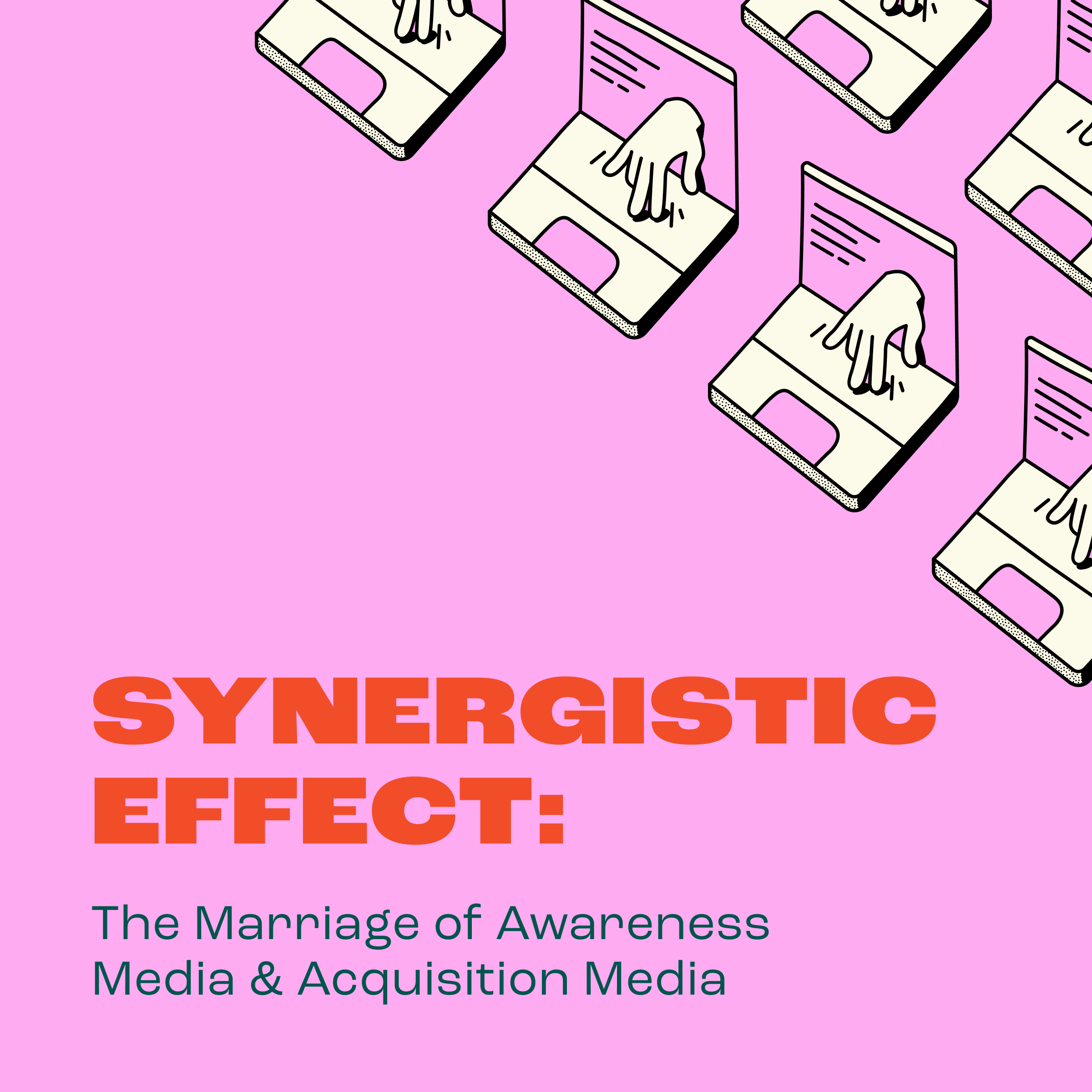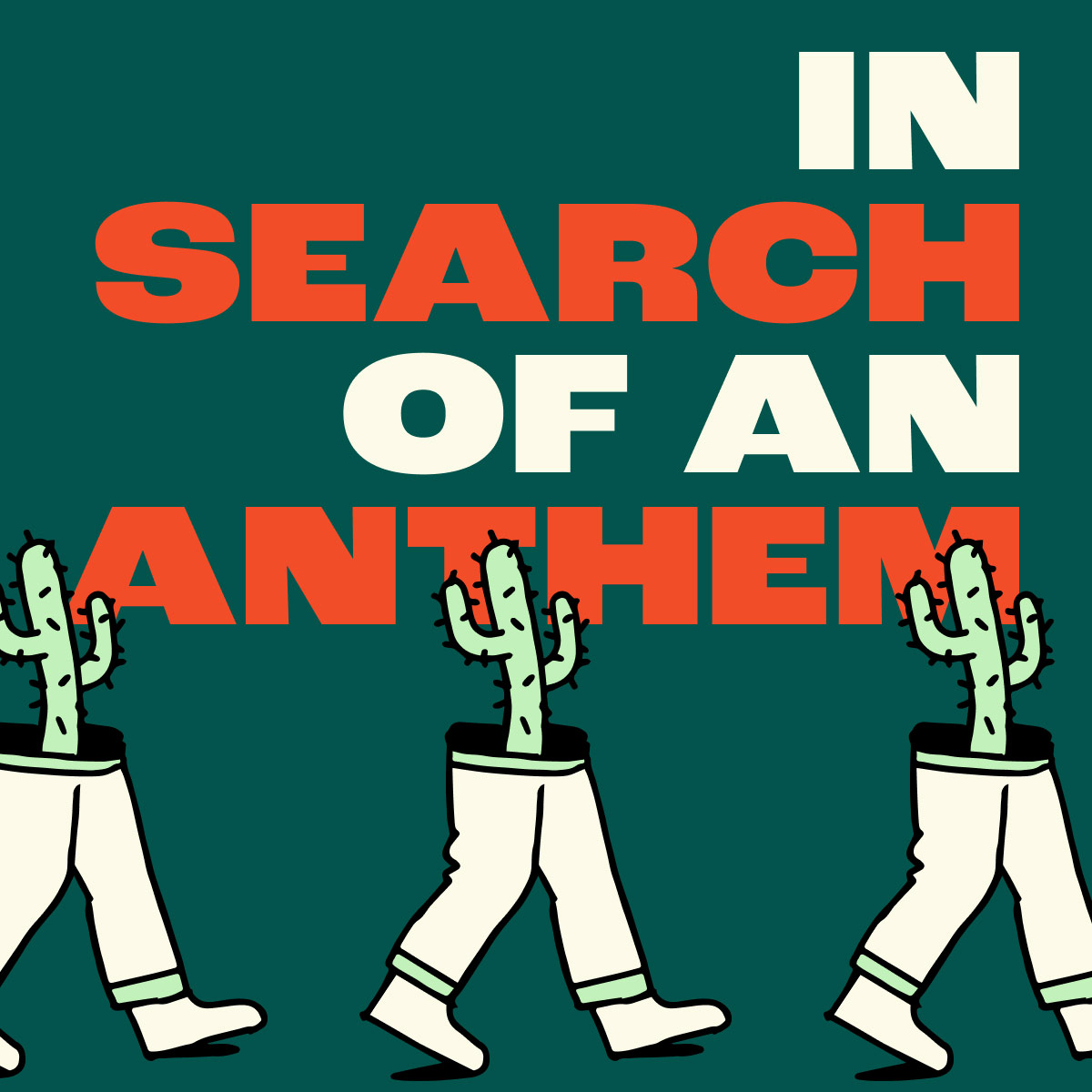As a new triathlete, I bought the Garmin 735XT watch to help me train. On its own, this product is fantastic. It has a host of features and benefits that support the needs of any new triathlete—capturing distance, pace, cadence, laps, and more. These product features are appealing, but when they’re combined with accessories like heart rate monitor straps and apps like Strava and MyFitnessPal, the additional data makes it an invaluable training solution—one well worth the hefty price tag.

What’s more, by marketing the solution in a way that appeals to my desire to improve my performance over time (always shooting for that PR), there’s no way I’m leaving without it in my shopping cart. The product features are impressive, but the emotional benefit is what drives my purchase, my loyalty, and ultimately, my advocacy.
Here are five differences between solution and product marketing:

Solution marketing is value-based. Product marketing is cost-based.

Solution marketing can connect on a more complex, emotional level by appealing to the customer’s pains or desires. Product marketing tends to focus on features and benefits.

Solution marketing requires a broader knowledge of the audience’s mindset and behaviors to create desire among customer segments. Product marketing features innovation and technology.

Solution marketing lends itself to future or add-on purchases by creating loyalty. Product marketing leads to one-time purchase events.

Solution marketing can create fulfilling, customer-centric experiences but may require time, resources, and internal buy-in to be most effective. Product marketing is more transactional as it influences a one-off buying experience.
We all buy products but love experiences. We itch for solutions that will add value to our lives—not just more stuff to our closets.


